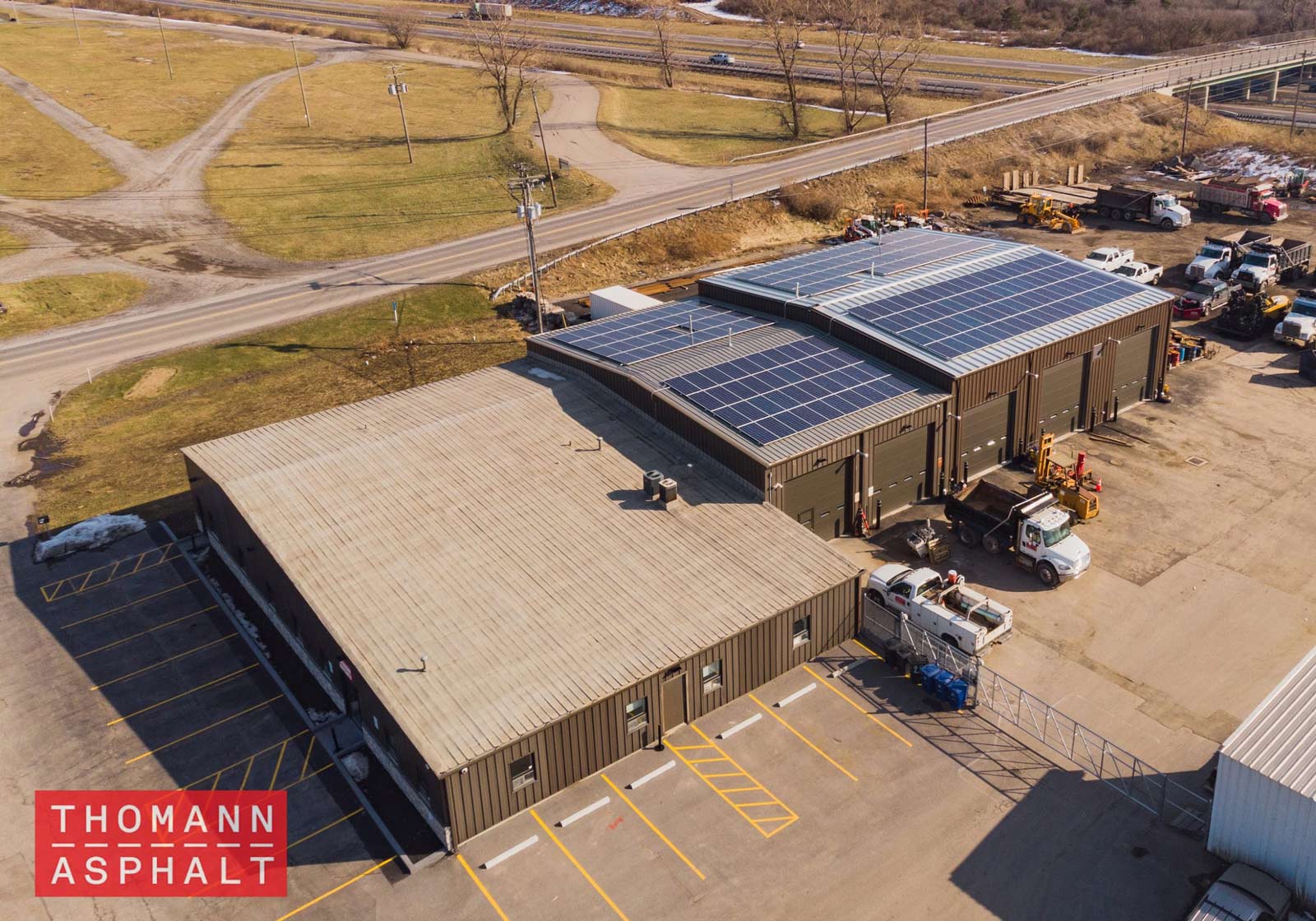Demand Charges: Why Solar-powered Businesses Turn a Better Profit
September 11, 2023
One major incentive for business owners to consider going solar can be found right on your monthly utility bill. They’re called demand charges – and whether you’re familiar with the concept or you’ve never really understood how these expenses differ from kWh, learning how to better manage your power can make a big impact on your bottom line.
WHAT ARE “DEMAND CHARGES”?
Demand charges are the money you pay for instantaneous usage – that’s the amount of power your business uses all at once. This often comes into play at the beginning of a workday, if your company is flipping all its machines and lights on at once. Another common scenario where demand charges could ramp up is during times of peak production.
THE DIFFERENCE BETWEEN KWH CHARGES AND DEMAND CHARGES
Still lost? Let’s say you go to Home Depot and buy a 5-gallon orange bucket. When you get home, you use your bathroom sink to fill up the bucket. It could take 5-10 minutes for the bucket to fill.
If you take the same bucket and fill it with a fire hose, it will take about 3 seconds to fill up.
When you have a few lights and computers on in a building, it’s like filling up a bucket with a bathroom faucet. When you crank everything up at the same time, it’s like pulling out the fire hose. Sure, it gets the job done, but that’s also where those high demand charges come from on your electric bill.
WAYS TO REDUCE YOUR COMPANY’S DEMAND CHARGES
Demand charges can really take a toll on a company’s expenses, so smart business owners are always looking for new ways to better manage their power usage
There are three main ways most companies try to better manage their demand charges. They are:
- Install technology that helps manage demand peaks (e.g. solar system, LED lights, backup storage, soft-start motors, programmable thermostats, etc.)
- Optimize your business operations so you stagger usage of major power-using equipment throughout the day, rather than using it all at once
- Stop using so much power – though this is generally not feasible, as most business owners would agree that power usage is a cost of doing business
HOW DOES SOLAR POWER AFFECT DEMAND CHARGES?
30-50% of some companies’ electric bills can be eaten up by demand charges. Investing in smarter, cleaner tools for managing your company’s power is a great way to reduce some of those expenses. In fact, with the methods most appropriate for your business, it can be easy and inexpensive to control these costs.
Making simple changes can ultimately save your company thousands of dollars per fiscal year. And the good news is, in addition to reducing demand charges, technology (like a solar system!) is often incentivized by federal and state governments.
When it comes to demand, the key is that it’s not how much you use the power you’re paying for, it’s also how and when you use it. A solar installation company with a hardworking commercial division like ours has ways of helping you change how you use that power.
Demand charges eating into your profits? Get in touch with us to talk about solutions today.


 NYSEG
NYSEG

